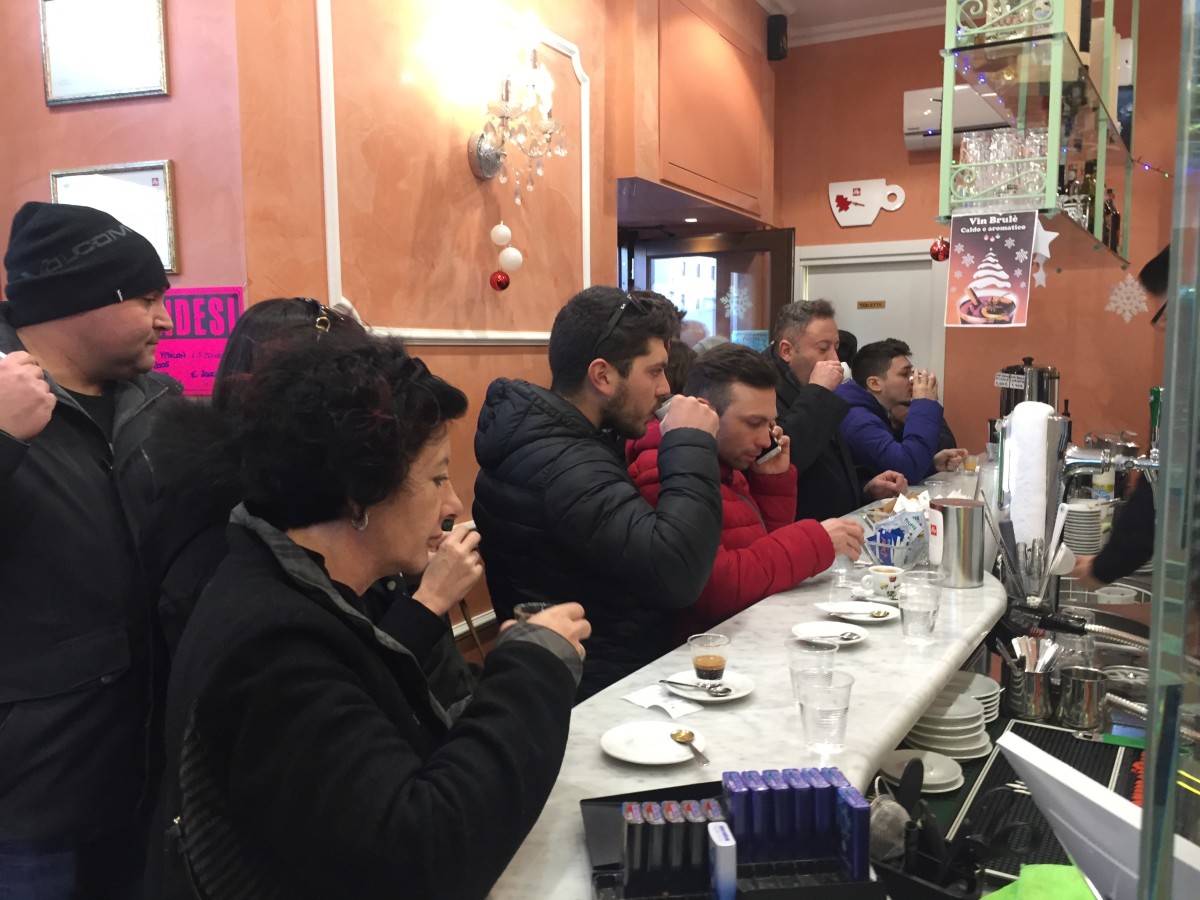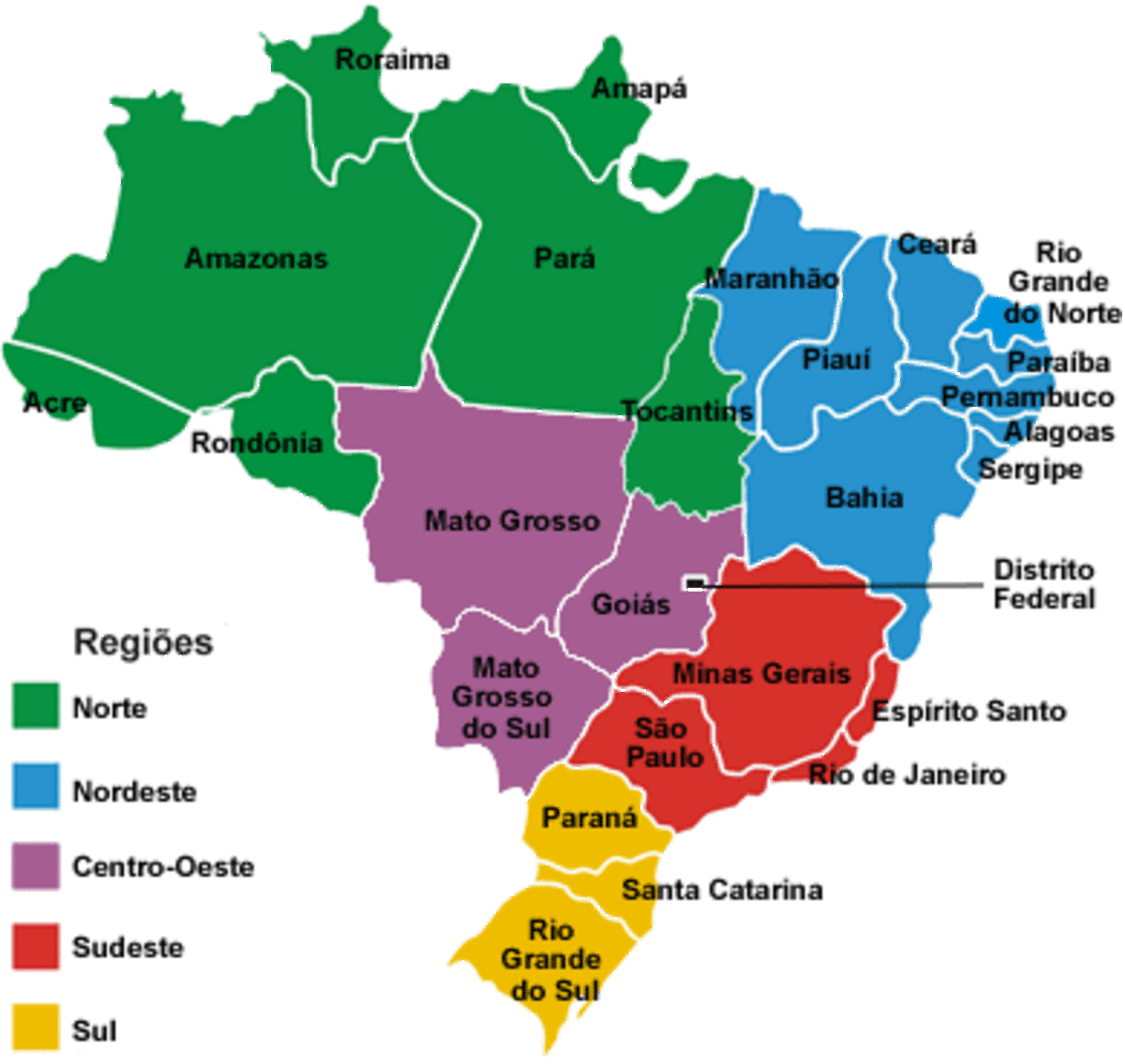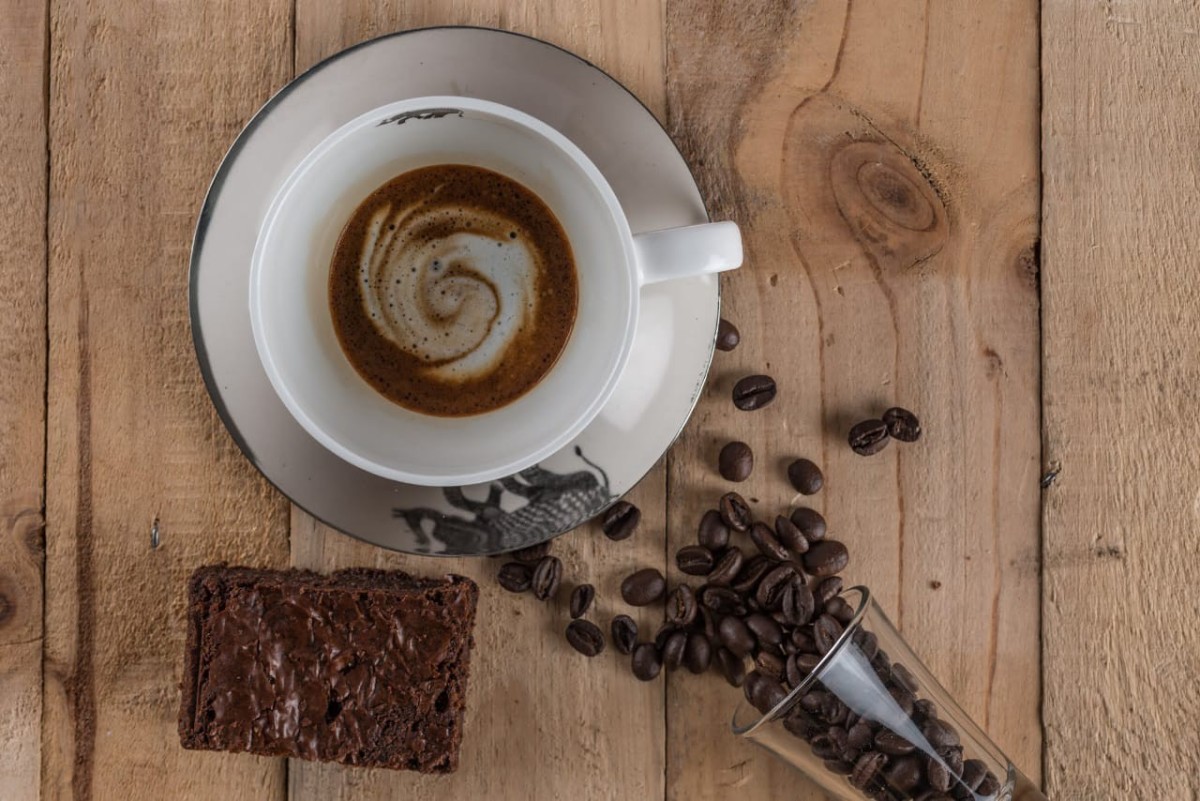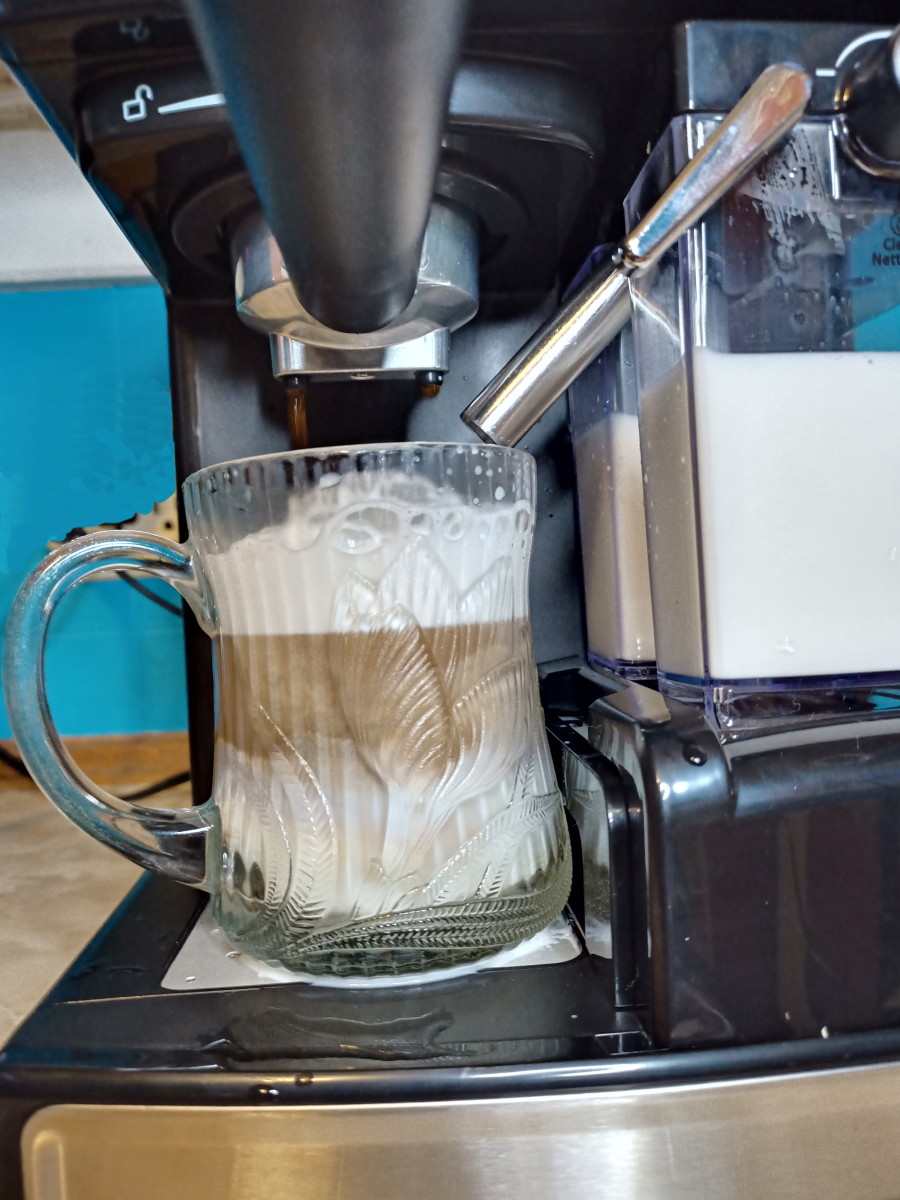Roasting Coffee Beans
Roasting Coffee Beans
Roast Coffee, Roast Coffee Beans, Roasting Coffee Beans, Roasting Green Coffee Beans
Roasting your own Coffee Beans at home will give you the freshest tasting coffee possible. Roasting coffee beans is not as hard as it might sound either. In recent years many people have returned to home roasting their coffee beans for the fresh tasting high quality coffee it gives them while saving on the cost. I strongly suggest to any coffee lover to try roasting coffee beans themselves, and believe you will be impressed with the range of results in flavour and methods you can use.
The first thing to cover before we go into roasting coffee beans is the bean selection. The processing method used when harvesting the beans can have a profound effect on the character of the coffee. Coffee beans that are grown in drier climates will be cleaned and placed in the sun to dry, called the dry-proccess or the natural method, will produce a coffee that is heavy in body with a complex flavour. In wet climates the beans are washed and/or fermented to remove the outer layers of the bean. This method of processing results in a coffee that is cleaner, brighter and fruitier in flavour.
When buying beans so that you can roast your own coffee you will buy what is called green beans or green coffee beans. You should find that any good seller will include a description of the type of flavour your can expect as well as the conditions the beans grew in so as to give you a good idea of what you are buying. There may even been recommendations for the type of roasting for the coffee beans that will result in the best flavour.
Try roasting coffee beans and you will find more variety then is available in even the best commercial shops. Tweak roasting times, mix beans, experiment and you have a range of coffee flavours available to you that you just cannot get any other way.
How to Roast Coffee Beans
Roasting Coffee Beans is an ancient practice that has been around for centuries. Methods of roasting coffee beans include heating over fire coals, roasting in cast iron pans and even roasting in iron drums over a fire or coal bed while rotating the drums. Up until world war one it was more common to roast your own coffee beans then to buy pre-roasted coffee from the shops.
To roast your green coffee beans in an iron pan or skillet you start by first making sure you skillet or pan is clean because any food residue will 'flavor' your coffee. You will also want to make sure you have open windows as there will be smoke produced.
Now you will want to start by heating your iron pan on a stove top at a medium setting until the temperature reaches 500 °F (260 °C). Next you add your beans, remember to stir them constantly, the more you stir them the more even the roasting will be. Your beans should begin making crackling sounds and begin to smoke after about five minutes. You can keep on stirring them while watching them closely until are close in color to your prefered roasting time, they will continue to roast as they cool so getting close will mean you get the best roast for your tastes.
When you remove them from the heat pour them into a metal container like a colander. Stir the beans and help speed up the cooling process as well as breaking off the excess chaff from the coffee beans. The chaff is flammable, like dry leaves so remember to practice caution when roasting your own beans.
I have included a video on roasting coffee beans using an air popcorn popper below if you would like to check that out. If you are pressed for time or just don't feel that confident you can always buy a green coffee bean roaster that will roast your coffee beans for you.

Roast Level
| Notes
| Flavor
|
|---|---|---|
Light, Cinnamon Roast, New englad Roast
| When the beans 'pop' this is the first crack and where many roasters typically stop
| Lighter bodied, higher acidity, no obvious roast flavor
|
Medium, full city American, regular breakfast brown
| This roast is reached a few minutes after the first crack
| A sweeter then light roast with more body and exhibiting more balance in acid, aroma and complexity.
|
Full Roast, High Viennese, Italian Espresso, Continental
| Typically this roast is acheived when the beans start popping again and the oild rise to the surface. This is the second crack
| This is somewhat spicy. The complexity is traded for a heavier body/mouth feel. The aromas and flavors of roast become clearly evident.
|
French Double Roast
| This is when the bean sugars begin to carbonize and the beans begin to smoke. The bean surface now is very oily.
| Smokey-sweet; light bodied, but quite intense. None of the inherent flavors of the bean are recognisable.
|











